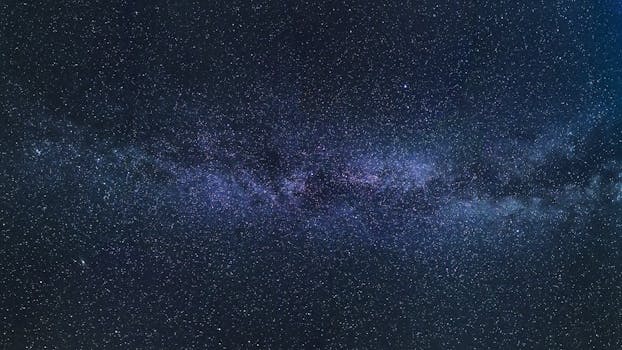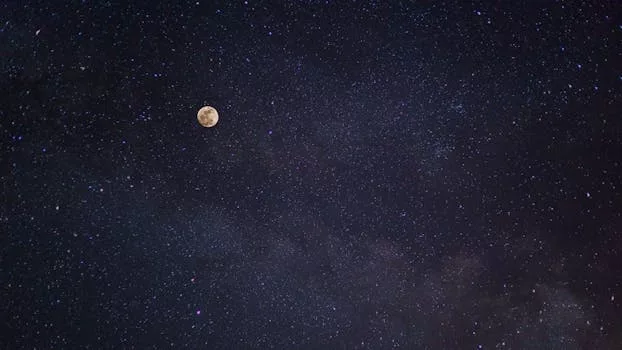
“
Beyond the Milky Way: Imagining New Worlds and Possibilities
Introduction to the Milky Way and Beyond
Beyond the Milky Way: Imagining New Worlds and Possibilities is an exciting topic that has captivated human imagination for centuries. The Milky Way, our home galaxy, is just one of billions of galaxies in the observable universe. As we continue to explore and understand the vast expanse of space, we are forced to consider the possibilities of life beyond our galaxy.
The Milky Way is a barred spiral galaxy, consisting of hundreds of billions of stars, gas, and dust. It is estimated to be about 100,000 light-years in diameter and is thought to contain between 200 and 400 billion stars. Our solar system is located in one of the outer spiral arms of the galaxy, about 27,000 light-years from the center.
Exploring the Universe Beyond the Milky Way
As we look beyond the Milky Way, we are met with a vast expanse of space filled with countless galaxies, stars, and other celestial objects. The universe is estimated to be around 13.8 billion years old and is still expanding. The most distant objects we can see are galaxies that are billions of light-years away, and their light has been traveling through space for billions of years to reach us.
One of the most significant discoveries in recent years is the detection of exoplanets, which are planets that orbit stars outside of our solar system. Over 4,000 exoplanets have been discovered so far, and many of these planets are believed to be located in the habitable zones of their respective stars, where conditions are suitable for life as we know it. This search for life is a central theme in imagining new worlds.
Imagining New Worlds and Possibilities
As we continue to explore the universe and discover new worlds, we are forced to consider the possibilities of life beyond our galaxy. The discovery of exoplanets and the detection of biosignatures in the atmospheres of these planets are just a few examples of the many ways in which we are searching for life beyond Earth.
The possibility of intelligent life existing elsewhere in the universe is a topic of ongoing debate and research. While there is currently no definitive evidence of intelligent life beyond Earth, there are many reasons to believe that the probability of life existing elsewhere in the universe is quite high.
One of the most compelling arguments for the existence of intelligent life beyond Earth is the sheer scale of the universe. With an estimated 100-400 billion stars in the Milky Way galaxy alone, and over 100 billion galaxies in the observable universe, the potential for life-supporting planets is staggering. This vastness inspires us to dream, as captured in Galaxies of Dreams.
Takeaways
- The Milky Way is just one of billions of galaxies in the observable universe.
- The universe is estimated to be around 13.8 billion years old and is still expanding.
- Over 4,000 exoplanets have been discovered, and many of these planets are believed to be located in the habitable zones of their respective stars.
- The possibility of intelligent life existing elsewhere in the universe is a topic of ongoing debate and research.
- The sheer scale of the universe and the potential for life-supporting planets make it likely that life exists elsewhere in the universe.




